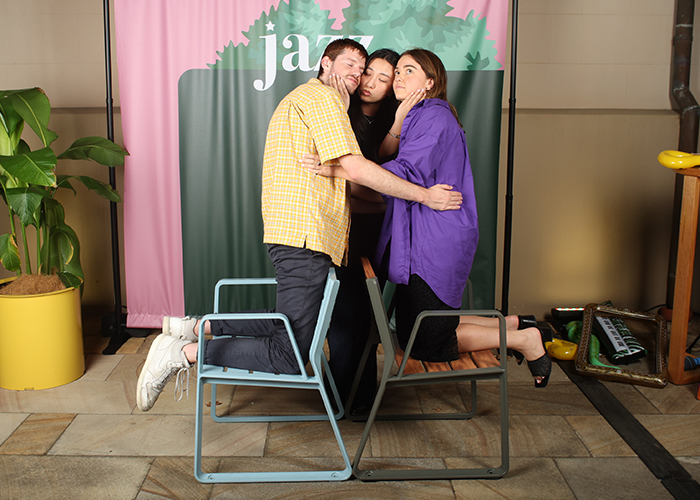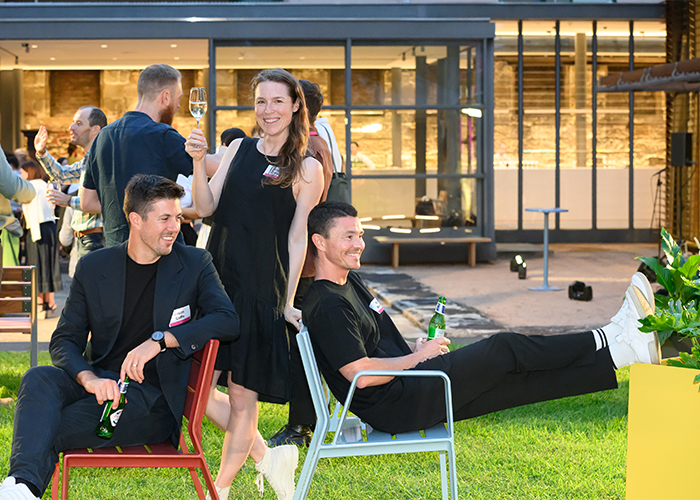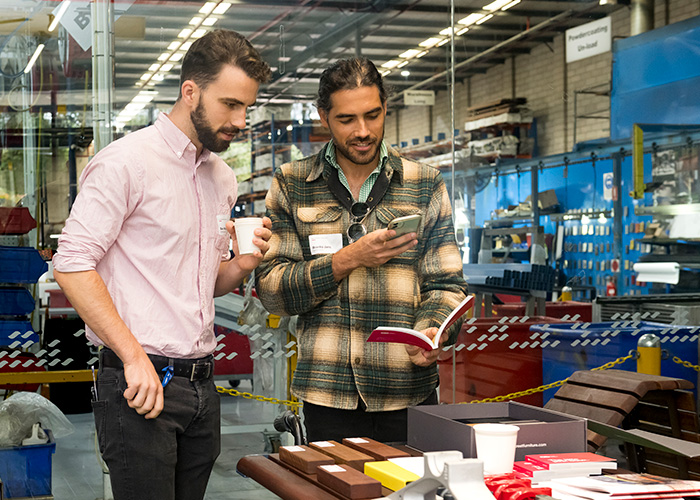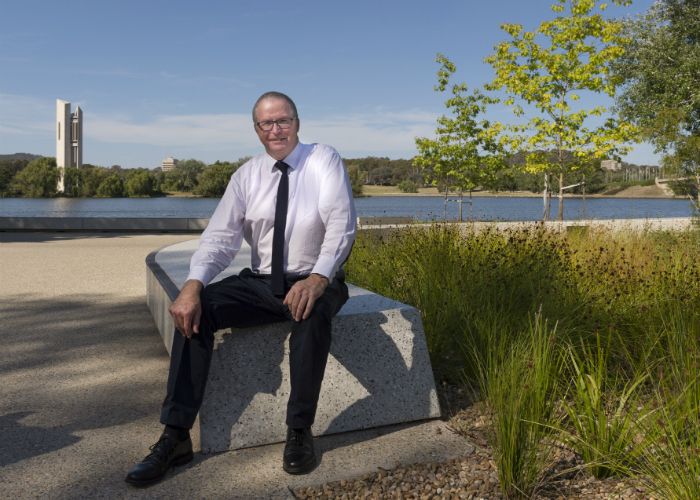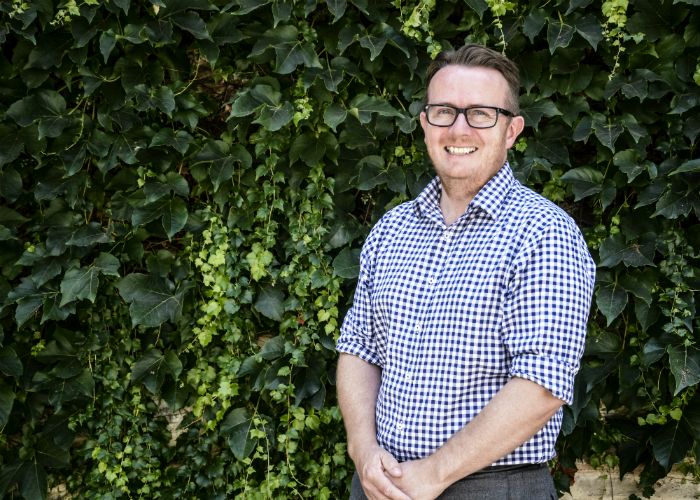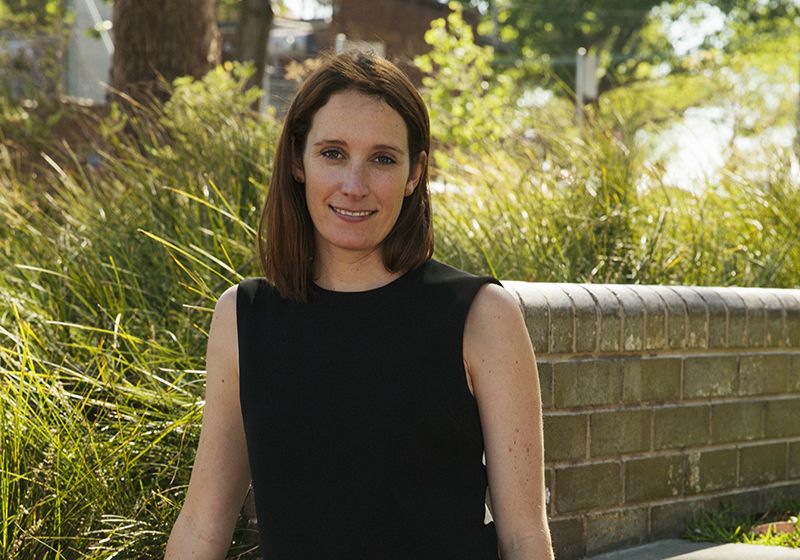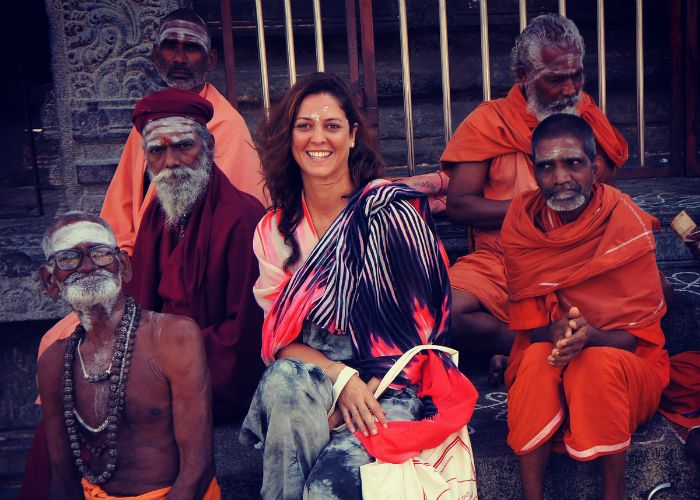
Julia Watson, Australian born and now living and working in New York, has shifted her landscape architecture practice to conserving global indigenous and traditional communities, their culture and environments.
What drew you to landscape architecture?
I was a kid of the eighties, when the conservation movement found its feet and was prolifically impacted by climate change and environmental catastrophes like the Exxon Valdez oil spill.
I felt this overwhelming responsibility towards the earth. I remember visiting Yosemite National Park and discovering the beauty of landscape, having moments with wild animals and becoming fascinated by native American culture.
I discovered the connection between the natural and spiritual world early and carry this theme through my work today.
When did this expand to your work in conservation?
Conservation is its traditional sense isn’t what I support. I think the conservation movement has a lot to be held accountable for, such as the mass displacement of indigenous communities.
I’m interested in sacred sites as examples of the earth’s oldest and most successful models of conservation and left Australia to study this at Harvard. When I graduated, I won the highest honour of the department, the Charles Eliot Traveling Fellowship and began my project to explore and protect the earth’s sacred sites.
This might sound New-Agey but it’s actually about conserving the earth’s biological and cultural diversity, which occur together.
Sacredness is innately intelligent ecological thinking, that has protected our natural resources that have supported mankind’s existence for millennia. Through a different lens, sacredness in the landscape is about sustainability.
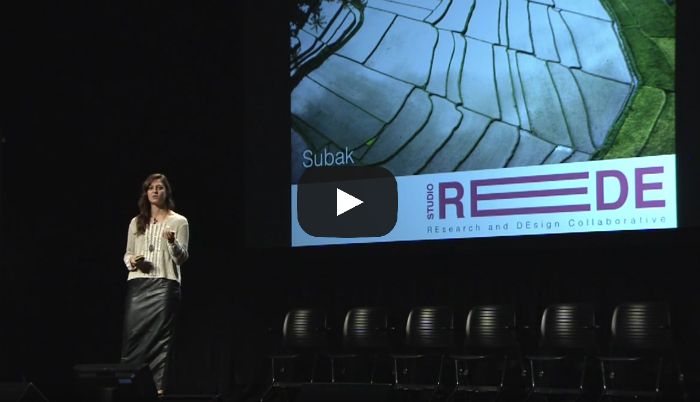
How does your work with indigenous ecosystems feed you in a way that landscape architecture perhaps did not?
My research emerged from exploring spiritual sites and sacred ecosystems. It’s in the same line of thinking as Rudofsky and something I’ve termed ‘landscape architecture without landscape architects.’
Living indigenous infrastructures found in remote locations are ironically the ecosystems most threatened by climate change. I am driven to help protect these communities and their way of living in harmony with the natural world.
As civilisation evolves in our efforts to protect the earth we will need these examples to create sustainable, deeply ecologically designed cities.
A favourite project so far?
The project I am about to launch is what I’m most excited about right now. I am essentially creating a global community and brand that will mainstream spiritual travel to sacred sites. The company, called World & Spirit, is the next step in conserving ancient sustainable practices and showcasing them to the world.
I am also writing a book on the world’s indigenous cultures and their ecological innovations.
What can we learn from the eco-innovations of traditional and indigenous peoples?
The examples are unique, many and related to particular ecosystems. They are precedents for how humans have developed large, sustainable communities that disturb ecosystems in a positive way, increasing biodiversity rather than destroying it.
These models of ecological innovation could migrate to other similar ecosystems around the globe. Landscape architects and urban designers can adapt these models to their own designs to mitigate slow disasters or innovate landscape systems.
What’s next for you, and for Studio Rede?
I’m expanding my practice across new mediums and teaming up with some amazing people from different disciplines, to create a new model of practice. We’re working towards a synthesis of design and conservation, digital and spiritual through new platforms that will have the greatest positive social and environmental impact imaginable.
The word Rede, which is an acronym for research and design, is the underpinning of the studio’s methodology and also an ancient golden rule, which means ‘to harm none.’ This is my vision for my practice.
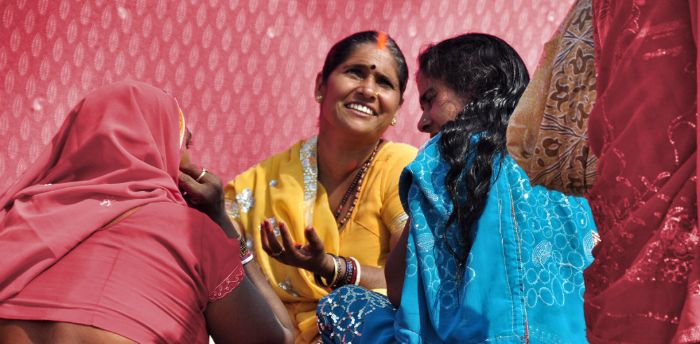
The Discover Dhartima: Kumbh Mela (Mother Earth in Hindi) is a self-guided travel app which offers support to local women’s businesses and female pilgrims, featuring safe services such as taxis, lodging and tours. To boost local economic development, the app connects local NGOs with local women entrepreneurs via a cause specific micro lending, donation based add-on, to all purchases in the marketplace.
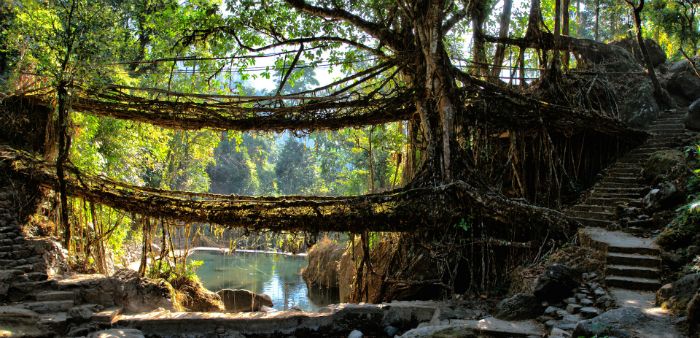
The War-Khasis in eastern India have been growing their own bridges for 500 years, says Watson. Often hundreds of metres long, these are the only bridges that can withstand swollen monsoonal rivers.
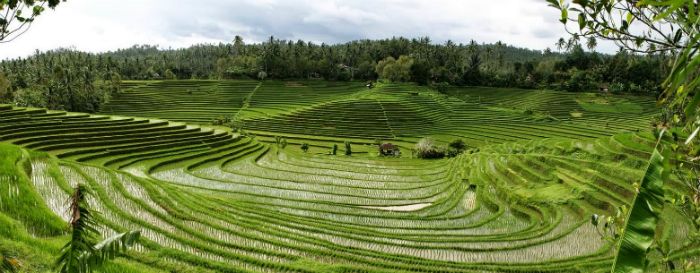
Bali’s Subak, the thousand-year-old terraced rice patties, called the most productive agrarian system in the world and linked to a sacred cosmology, now has World Heritage status. This is expected to attract more tourists, which the area, already stressed by unmanaged tourism, is not prepared for. The Indonesian Ministry for Culture and Education commissioned a plan from Studio Rede and collaborators to guide the flow of tourists. The concept includes walks and lookouts, upgraded museum exhibits and e-commerce systems.
In Profile is a Q&A series featuring Australian influencers of the public realm. To nominate a subject, please contact the editor via editor@streetfurniture.com





